New Jersey may be known as the Garden State, but not everyone living here has great success with their gardens. Maybe your garden is already in for the season. But maybe you’re just a little bit frustrated with the progress (or lack of progress) you’re seeing.
One of the most significant keys to success in growing a spectacular garden that shows off your home is to make sure you plant flowers and shrubs that truly belong here! Seems logical to plant things that are native to the area, doesn’t it? But sometimes the foliage offered at the big box home improvement stores isn’t ideally suited to local conditions. It looks good when it comes off the truck (from California or Florida), but it’s not what normally grows in New Jersey.
If you want a yard or garden that will thrive where you live, it helps to start with plants that are known to do well in this region. Here’s a look at some of the things that will look good in your yard—and have a better chance of making it through several growing seasons.
Nodding Onion
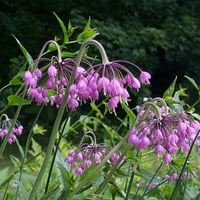 Maybe an onion isn’t the first thing that comes to mind as a decorative garden plant, but this one really is quite beautiful. This plant with pinkish flowers that bloom in the midsummer is native to the region. Although we generally get plenty of rainfall in the area, in the times that it’s dry, the nodding onion won’t be phased. It makes a nice border—and you don’t have to worry about watering it. Another benefit is that the nodding onion is deer-resistant and attracts hummingbirds!
Maybe an onion isn’t the first thing that comes to mind as a decorative garden plant, but this one really is quite beautiful. This plant with pinkish flowers that bloom in the midsummer is native to the region. Although we generally get plenty of rainfall in the area, in the times that it’s dry, the nodding onion won’t be phased. It makes a nice border—and you don’t have to worry about watering it. Another benefit is that the nodding onion is deer-resistant and attracts hummingbirds!
Bleeding Heart
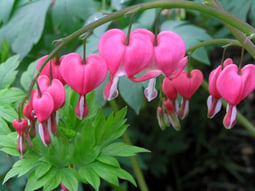 This flowering plant is another New Jersey native that does well as ground cover. It thrives in shady and even dry soil (once it has gotten established). So, once again, you can avoid watering. The bleeding heart blooms in mid-spring—but often continues blooming through the summer. It’s resistant to rabbits and deer and its pink, heart-shaped flowers also attract those delightful hummingbirds.
This flowering plant is another New Jersey native that does well as ground cover. It thrives in shady and even dry soil (once it has gotten established). So, once again, you can avoid watering. The bleeding heart blooms in mid-spring—but often continues blooming through the summer. It’s resistant to rabbits and deer and its pink, heart-shaped flowers also attract those delightful hummingbirds.
Black-Eyed Susan
If you’re looking to add a splash of vibrant yellow color to your yard, consider the black-eyed Susan. Once of the great features of this plant (aside from its bright yellow flowers) is that it blooms for a long time (typically from mid-June into October). The plant itself doesn’t live terribly long, but it sets a lot of seed, and so replaces itself. It does well in a variety of soils, grows best in full to partial sun. These flowering plants make a great border and (due to their height of 1 to 3 feet) also work well with taller plants in your garden.
As you look at your yard and garden this summer, you may want to consider how these native plants can dress things up—this year, and for years to come.


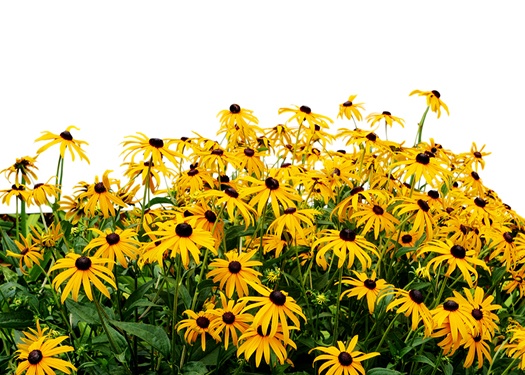
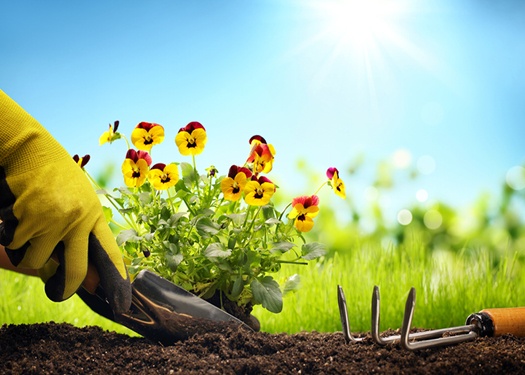
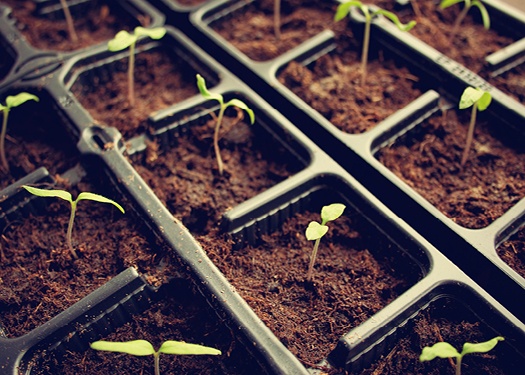










Leave a Comment